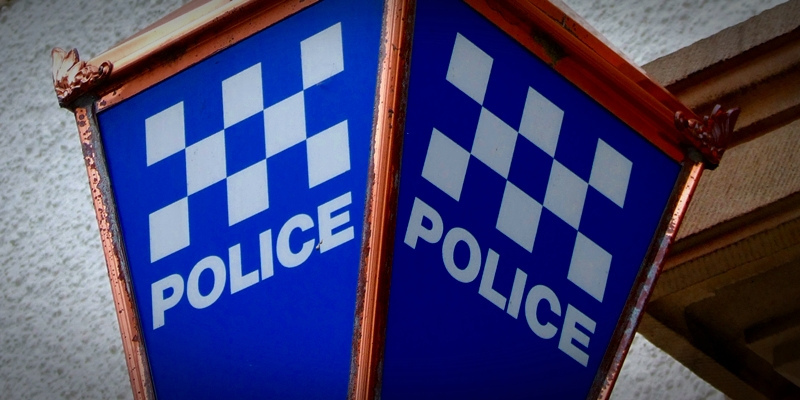Racially aggravated breach of the peace crimes have more than trebled in the last 12 months due to a reporting change within Tayside Police.
Latest figures show that a total of 93 people were charged over 2010/11 marking a steep rise on the previous year, when it stood at just 27.
Chief Inspector Conrad Trickett said that although breach of the peace crimes had shot up, this had been offset by a reduction in the number of people charged with racially aggravated conduct.
”That is due to a change in the way police report these incidents that came in in October 2009,” said Mr Trickett.
”The difference between the two crimes is roughly the same and explains why breach of the peace has gone up. If you compared this year’s figures under the measures of previous years they would be roughly the same.”
The number of immigrants choosing to start a new life in Scotland is on the rise.
Only last year the country’s estimated population reached 5,222,100, an increase of 28,100 on the previous year and the highest population since 1977.
The Scottish Government partly explained the increase by immigration exceeding emigration by 25,000.
Over the period 46,100 people, including asylum seekers, came to Scotland from overseas and 24,600 left Scotland to go overseas.
The net gain of 21,500 represents about one in 250 of the total population.
That net increase, and the number of people who came to Scotland from overseas, is the highest since these estimates began in 1991-92.
